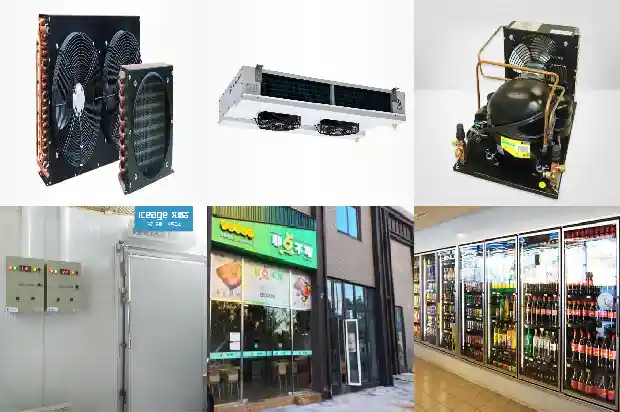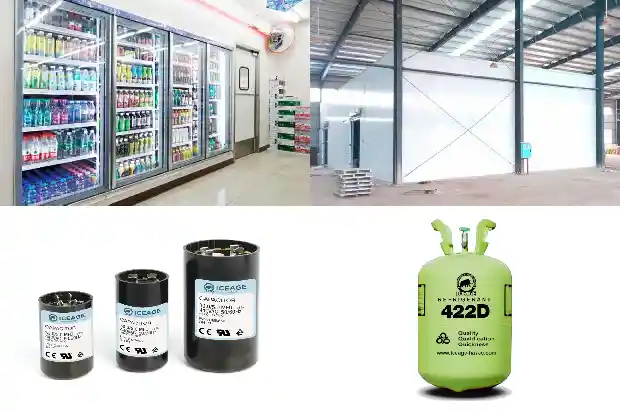Analysis of Common Malfunctions and Treatment Methods of Cold Storage Equipment
2025-03-18
Regular and scientific maintenance of cold storage equipment can effectively reduce the failure rate of the cold storage. However, due to the long - term operation of the cold storage equipment and some external factors, the cold storage equipment may still occasionally malfunction, affecting the normal operation of the cold storage project. The following introduces some common troubleshooting methods for cold storage. When a cold storage malfunctions, cold storage managers can determine the root cause of the failure through the following means, so as to quickly handle the problem and minimize the economic losses caused by the cold storage failure.
Firstly, by observing the operating status of the cold storage, such as the high and low pressures, oil pressure, cooling water pressure, and the frosting status of the evaporator, one can determine whether the cold storage compressor is operating in a normal state. Secondly, experienced cold storage maintenance personnel can touch the exhaust temperature, return gas temperature, cooling water temperature, condenser temperature, and evaporator temperature of the compressor to judge whether each component is operating normally.
If the root cause of the cold storage failure cannot be determined through the above conditions, one can further determine the source of the problem by listening to whether there are abnormal noises in the operation of the cold storage equipment, whether there is the sound of refrigerant flowing in the refrigeration system, whether there is the opening and closing sound of the solenoid valve, and whether the working sound of the circulating water pump is normal.
Finally, in order to further narrow down the scope of the failure and find the exact faulty component, various operating parameters can be measured with instruments and compared with the normal values. Through the above - mentioned methods, the fault location can generally be easily found. After finding the fault location, it is necessary to carefully analyze the cause of the fault.


Related Articles
- Analysis of Causes for Exhaust Malfunctions of Screw - type Chiller Compressors
- Analysis of Classification, Differences, Advantages and Disadvantages of Cold Storage Refrigeration Compressors
- A Brief Analysis of Quick - Freezing Cold Storage Design
- Analysis of the Causes of Frost Formation at the Suction Port of the Refrigeration Compressor
- Analysis of Common Faults of Chillers
- Analysis by Experts: Why Does the Four-way Reversing Valve Fail?
- Analysis of the Main Functions and Components of Refrigeration Air Conditioners
- Brief Analysis of Commonly Used Automatic Control Devices in the Refrigeration System
- Analysis of Common Auxiliary Components in the Refrigeration System One by One
- A Detailed Analysis of the Nine Reasons for the Low Pressure in the Refrigeration System!
- Analysis of the Working Process and Principle of Hot Fluoride Defrosting for Air Coolers
- Advantages and Disadvantages of Air-cooled Multi-connected Units and Analysis of Their Components
- Cause Analysis of High Discharge Temperature and Overload Protection of Modular Units
- Analysis of the Causes and Hazards of Corrosion in the Circulating Water System
- Analysis of Common Auxiliary Components in the Refrigeration System
- Analysis of the Composition, Control and Operation Process of Cold Storage System
- Analysis of Causes for Compressor Liquid Hammer, Overheating and Pre - heating
- Analysis of Seven Reasons for Ice Formation in Computer Room Air Conditioners
